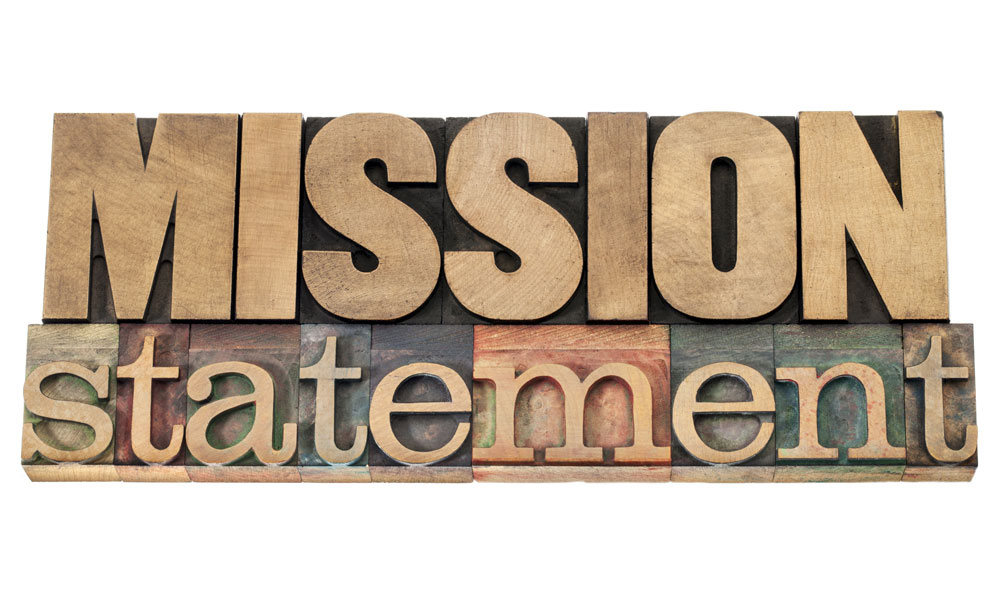
Why That Mission Statement Matters
Mistakes happen when employees take their eye off the implications of their actions. It helped sink Volkswagen, proof that an ethical refresher course can make a big difference.
I confess: I’m a little skeptical about pronouncements about the importance of mission statements and “the tone from the top.” Most employees are too dug into the day-to-day matters of their to-do lists to feel terribly invested in a mission statement they likely didn’t experience after their day-one orientation. As for “tone,” action matters more, no?
But consider what’s been going on at Volkswagen.
You probably aren’t in a hurry to think of your humble organization as comparable to the global auto manufacturer, especially these days. In the wake of revelations that the company installed “defeat devices” to cheat on emissions tests, the company announced a massive recall, saw its stock-market value plunge, had its CEO resign, and suffered a global loss in reputation. But what sunk Volkswagen, one argument goes, is the same thing that can sink the smallest nonprofit: You start to believe in your own nonsense, and then you keep doubling down on it.
Why risk getting fired when it can be somebody else’s problem down the line?
In the Atlantic, Jerry Useem explores the Volkswagen scandal in the context of other cases where flaws were tragically ignored: the explosion of the Space Shuttle Challenger, the Ford Pinto, B.F. Goodrich trying to fob faulty brakes onto the Air Force in the ‘60s. In each of those cases, and in Volkswagen’s, Useem argues, leaders adhere to a script that allows for what one sociologist calls the “normalization of deviance.”
“Executives are bombarded with information,” Useem writes. “To ease the cognitive load, they rely on a set of unwritten scripts imported from the organization around them…. But therein lies the danger. Scripts can be flawed, and grow more so over time, yet they discourage active analysis.”
The worst of it is that these aren’t cases where employees were wringing their hands over whether something was right or wrong—they were fully persuaded that everything was OK. A little O-ring damage isn’t so bad, a melting brake pad isn’t so bad, a defeat device isn’t so bad. To make this a little less dramatic but bring it closer to home: A flawed new-member strategy isn’t so bad, a handful of disengaged board members isn’t so bad, a missed meeting attendance target isn’t so bad, a site-selection process that’s based mainly on who offered the swankest fam trip isn’t so bad, a chat about price-fixing isn’t so bad….
And so on—you get the idea. A lot of associations, I suspect, feel a need to act to the press release—that is, find the element of every failure that speaks to success. That attitude is problematic on two levels: It leads employees to believe that shortcomings will be papered over, and it generates a culture that’s afraid to speak up when things are really and truly wrong. Why risk getting fired when it can be somebody else’s problem down the line? (And, hey, maybe nobody will notice the problem anyway….) As Useem puts it: “Faced with the immediate certainty of a boss’s wrath or the distant possibility of blowback from a faceless agency, many will focus mostly on the former.”
So what’s the fix? Useem argues for the value of introducing “counterscripts” into an organization’s conversation—a radical transparency that makes clear that employees will not be punished for speaking honestly about problematic actions. Or to put it another way: A mission and values statement. Useem argues that it was Johnson & Johnson’s insistence on making its credo of compassion a “living document” that allowed it to act fast during the 1982 Tylenol scandal.
“If employees feel they can speak up, it not only makes for a healthier workplace, it also eradicates problems before they become big and public,” University of Michigan business professor Cindy Schipani told Dividend magazine last fall. That article includes an “ethics checklist” that covers hiring, training, decisionmaking, and overall culture. There are 30 on the list, but two of them seem the most critical: “Employees have a lot of skill in recognizing ethical issues” and “Employees rarely feel pressured to compromise the organization’s ethical standards to achieve business objectives.” Your staffers are surely busy enough with their to-do lists to dwell very long on ethics. But a moment spent on it can save an organization from a lot of headaches, and it’s a message that the person at the top can deliver. And if you’re not sure what to say, it’s probably all there in that values statement. When’s the last time you looked at it?
What do you do to keep ethics an active conversation at your organization? Share your experiences in the comments?
(iStock/Thinkstock)






Comments